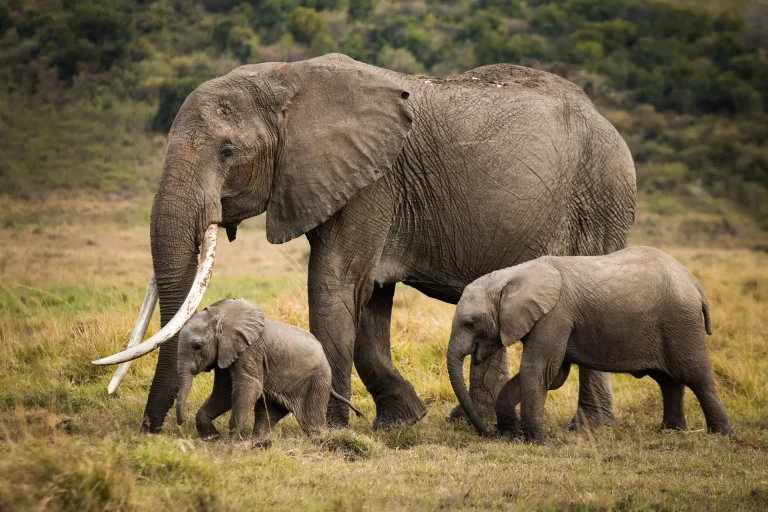Updated Lake Nakuru Entrance Fee Guide for Visitors: Plan Your Safari Budget
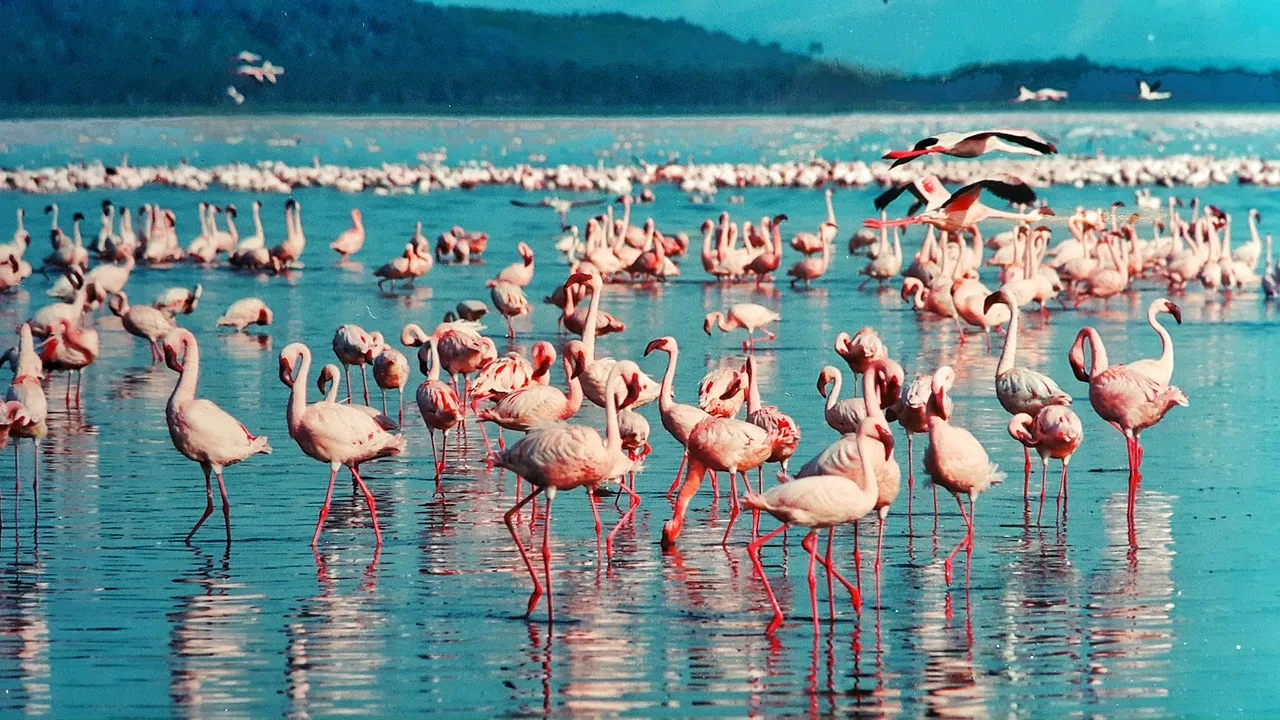
The Lake Nakuru entrance fee varies according to age, nationality, and month of the visit. During the low season (March to June);
- Adult foreign non-residents pay USD 60 per person daily (PPD) while children pay USD 35 PPD
- Adult African citizens pay USD 60 PPD while children pay USD 35 PPD
- Adult East African Community Citizens pay Ksh 800 while children pay Ksh 250
Rates during the high season (June to March) are as follows;
- Adult foreign non-residents pay USD 60 PPD while children pay USD 35 PPD
- Adult African citizens pay USD 60 PPD while children pay USD 35 PPD
- Adult East Africa Community countries pay Ksh 800 PPD while children pay Ksh 250 PPD
Also outlined in this article are Lake Nakuru National Park camping fees for 2025-2026 as well as vehicle and aircraft fees.
Why You Should Book a Safari With Us
When AJ Kenya Safaris was founded almost two decades ago our mission was simple: to orchestrate the world’s best safaris, skillfully and affordably. As of 2025, we’ve been behind more than 10,000 successful safaris and can comfortably say that our itinerary crafting abilities have been perfected fully.
For exciting and fully immersive tours to iconic destinations like the Amboseli National Park, Tsavo National Park, Hell’s Gate National Park, and Ol Pejeta. Give us a call at +254-704-532-105 or +254-719-222-430. You can also send us an email at safarioffers@kenyasafariholidays.uk, safarioffers@ajkenyasafaris.com, or james@ajkenyasafaris.com.
Also check out some of our most booked safaris.

3-Days Safari with a Stay at Jambo Mara Safari Lodge
From £718
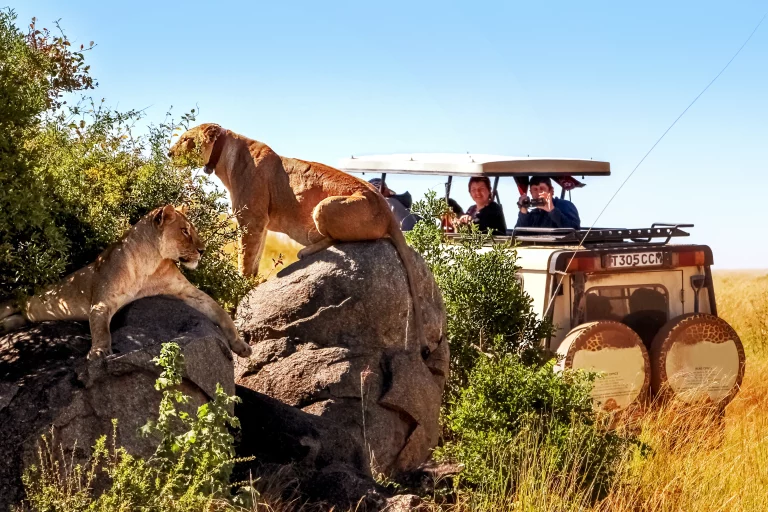
Kenya Itinerary 10 Days. OlPejeta-Samburu-Masai Mara
From £ 3650
Executive Summary
- Lake Nakuru National Park entry fees vary based on nationality, age, and residency. This is in alignment with Kenya’s model to equitably distribute conservation costs among different visitor demographics.
- Advanced online payment through the eCitizen platform or via cashless methods such as M-Pesa, Visa, and MasterCard is encouraged, in line with a global shift towards cashless transactions and to facilitate a more streamlined entry process.
- Additional fees are applicable for activities within the park such as camping, night game drives, and event security.
Video Overview: Discovering the Effortlessly Beautiful Lake Nakuru
Understanding Lake Nakuru National Park Entry Fees
Planning your visit to Lake Nakuru National Park involves familiarizing yourself with the entry fees. The park, managed by the Kenya Wildlife Services, determines these fees based on your nationality, age, and residency status.
Individual Visitors and Tourists
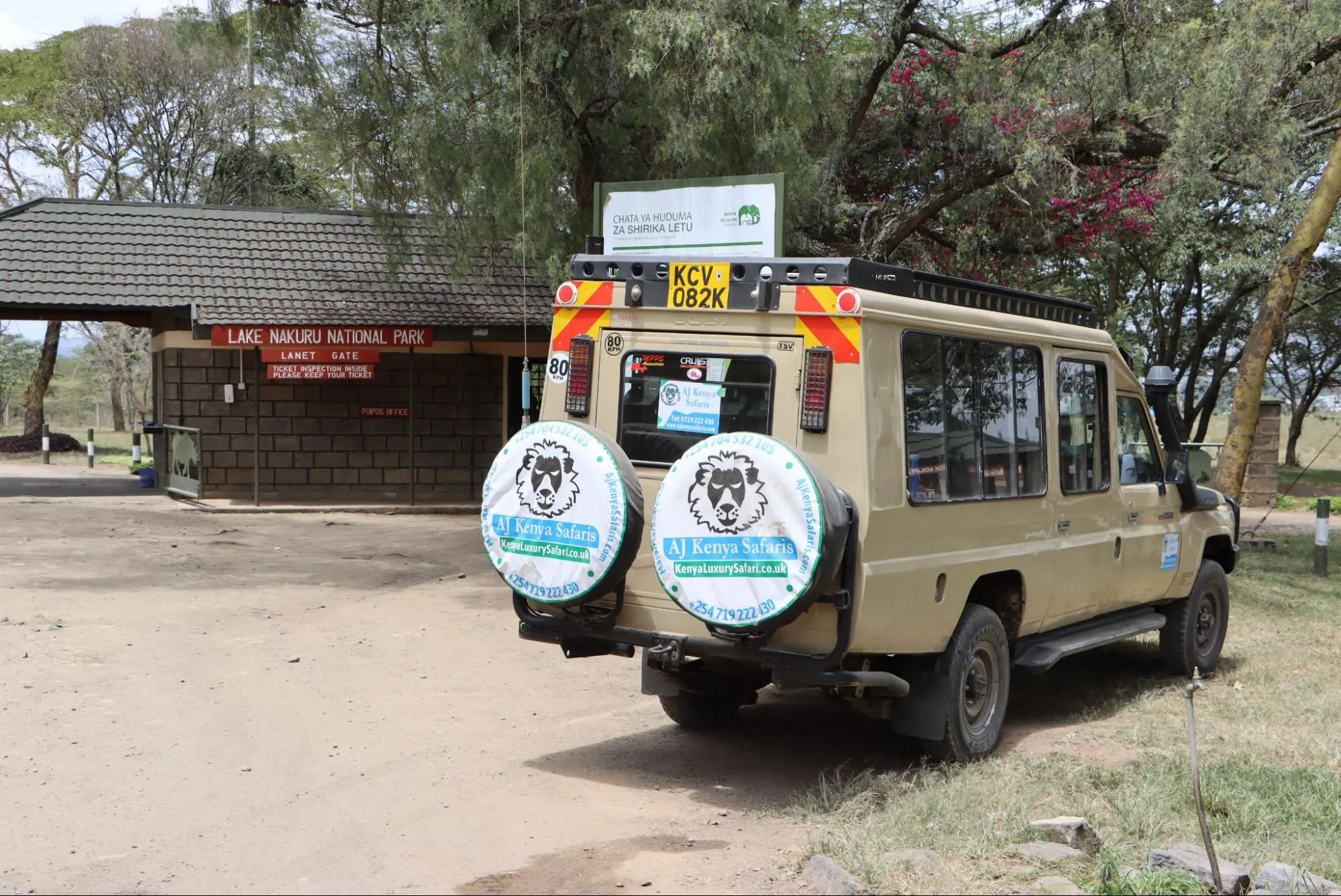
If you’re an individual visitor or tourist, your entry fee to Lake Nakuru National Park will depend on your residency status. Kenyan residents, armed with their valid national IDs, are charged an entry fee of KES 800 – 1,000 for adults and KES 250 – 500 for children aged 3-18 depending on the season.
However, if you’re an East African resident from Uganda, Tanzania, Rwanda, or Burundi, you’re required to pay KES 1,200 – 1,500 for adult entry and KES 600 – 750 for children aged 3-18. Non-residents, meaning international tourists, will be charged USD 60 – 80 for adult entry and USD 35 – 40 for children aged 3-18.
Student Groups and Educational Institutions
Students find Lake Nakuru National Park a unique hands-on learning environment. If you’re part of a recognized education institution on a documented conservation trip, you’re eligible for specialized student fees. Early planning is essential though, as this requires a two-week notice for authorization.
Vehicle and Aircraft Fees
This table highlights the type and weight fees charged for vehicles in Lake Nakuru National Park. These include tourist vehicle fees, trucks and delivery vehicles weight fees, aircraft fees single landing and more.
Vehicle Type | Seat Capacity and Weight | Carrying Capacity Fees (Kshs) |
Tourist vehicles | Below 6 seats | 300 |
6-12 seats | 1030 | |
13-24 seats | 2585 | |
25-44 seats | 4050 | |
45 seats and above | 5000 | |
Trucks and delivery vehicles | 1-3 tonnes | 515 |
4-7 tonnes | 2155 | |
7 tonnes and above | 3015 | |
Commercial vehicles stationed in the park per year | PSVs with 6-13 seats and commercial vehicles weighing from 2- 6 tonnes | 10,000 |
Vehicles NOT stationed in the park per year | PSVs with 6-13 seats and commercial tour vehicles | 60,000 |
Aircraft (single Landing Fees) | Less than 3 seats | 300 |
3-6 seats | 500 | |
7-14 seats | 1000 | |
21 seats and above | 3015 |
Payment Methods: How to Pay Your Lake Nakuru Entrance Fee

Once you’ve grasped the entry fees for Lake Nakuru National Park, your next move is to process the payment. To facilitate a smooth entry process, you can pay online in advance. This is done through the eCitizen government platform, where you can set up a personal account to prepay the entrance fees.
In line with the ongoing global shift towards cashless transactions, particularly in response to the COVID-19 pandemic, Kenya Wildlife Services also advocates for cashless payments for park entrance fees. Cashless payment options include MasterCard, Visa card, or M-Pesa, which can be made in Kenyan shillings or United States dollars.
Direct Deposits to KWS Bank Accounts
Direct deposits to KWS bank accounts offer another avenue to pay your Lake Nakuru entrance fee. This is part of the park’s cashless payment methods, which also include Mpesa, Visa, and MasterCard.
While the specific procedures for making direct deposits to KWS bank accounts for entrance fees aren’t detailed in currently available sources, it’s advisable to reach out to Kenya Wildlife Services for accurate and up-to-date information. This ensures that you have all the necessary details to make your payment effectively and efficiently.
On-site Payments at the Park Entrance
Cashless methods are recommended for those who favor paying at the park entrance. As a safety measure in response to the COVID-19 pandemic, cashless transactions at Lake Nakuru National Park are encouraged.
Visitors can use the following payment methods to pay the entrance fees at the park gate:
- Visa cards
- MasterCard
- US dollars
- Kenyan shillings
This flexibility in payment methods, including single landing fees, ensures a hassle-free experience right from the gate!
Additional Charges Inside the Park
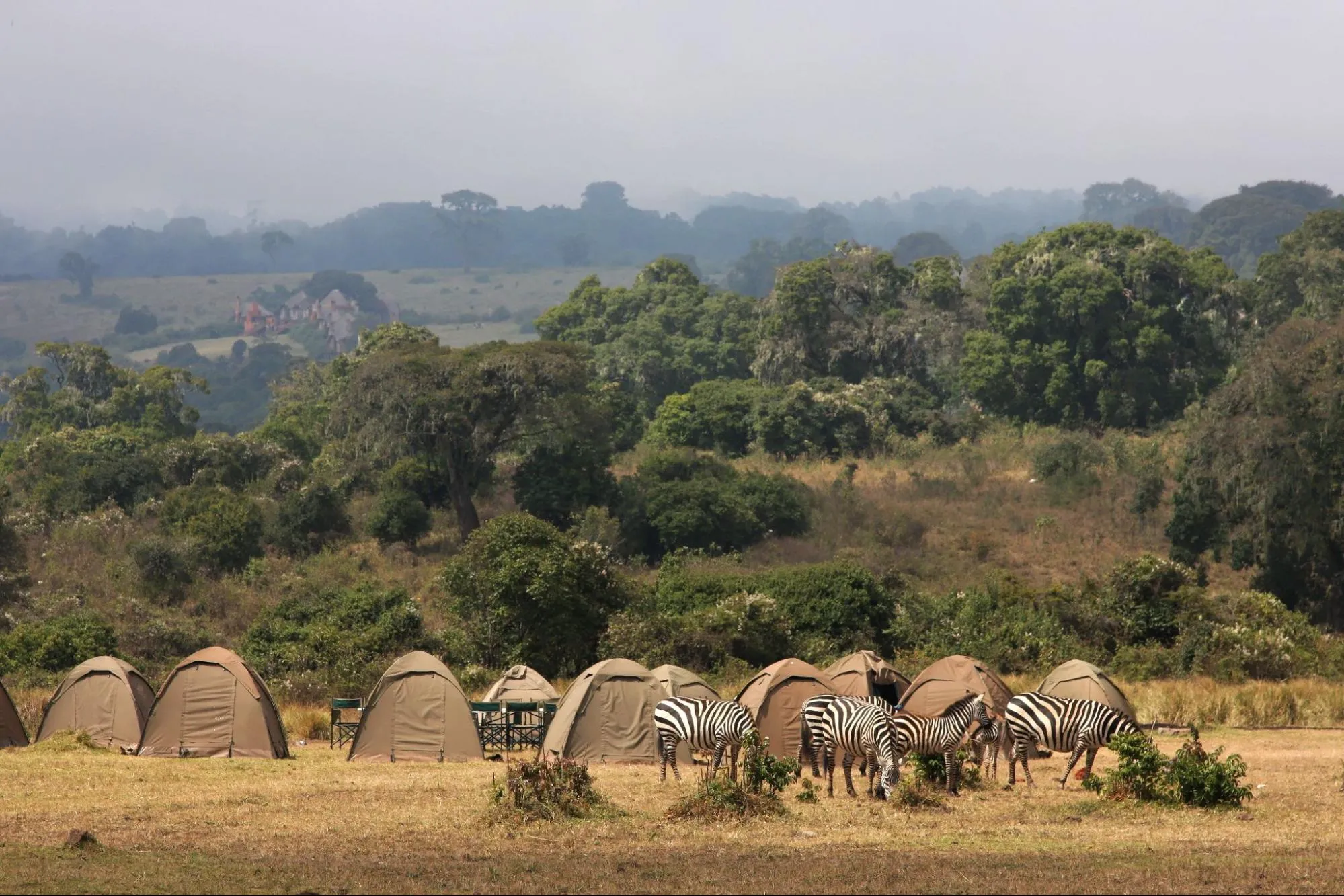
Lake Nakuru National Park offers several activities that may require additional fees. These include camping, night game drives, and events that require security arrangements.
Camping Fees
Camping fees at the Lake Nakuru National Park are charged depending on the type of camping site you’re staying in as well as the categories/ status of tourists.
Type of Camping Site | Citizen (Fees Kshs) | Residents (Fees Kshs) | Non-residents (Fees $) | |||
Adult | Child | Adult | Child | Adult | Child | |
Special Campsite | 500 | 250 | 600 | 350 | 50 | 25 |
Public Campsite | 250 | 200 | 600 | 300 | 30 | 25 |
Non-refundable reservation fees | 7500 | |||||
Refundable reservation fees | 7500 | |||||
Night Game Drives

The thrill of experiencing the park’s nocturnal life comes with additional fees. Night game drives are available in Lake Nakuru National Park and offer a unique opportunity to observe the behavior of the park’s wildlife under the cover of darkness.
Each participant in a night game drive is charged 2,155 Kshs per trip. So, if you’re looking to add an extra layer of adventure to your visit, consider factoring in the cost of a night game drive. These drives are guided by experienced rangers, and offer a unique perspective of the park’s ecosystem that’s well worth the additional fee.
Other Activities
P.S. Game drives are not charged at the Lake Nakuru National Park. The cost is included in the park entry.
Activity | Fees (Kshs) |
Walking safaris per person | 1500 |
Horseback riding (excluding rider) with KWS horses stationed in the park | 2585 |
Horseback riding (excluding rider) with private horses | 1030 |
Guided tours (per guide up to 4hrs) | 1720 |
Guided tours (per guide over 4hrs) | 3015 |
Event Security
When contemplating hosting an event within the park, the park’s event security fees should be taken into account. Lake Nakuru National Park requires organizers of events within the park to pay a fee for security arrangements.
The fee for event security is 75,000 Kshs per section of rangers. This security fee is set and enforced by the Kenya Wildlife Services. By paying this fee, you’re not just ensuring a safe and secure event, but also contributing to the protection of the park’s wildlife. After all, the rangers play a crucial role in maintaining the safety and security of the event while ensuring the protection of wildlife.
Exploring Lake Nakuru National Park: Activities and Attractions
With logistics out of the way, we can now examine the attractions that make Lake Nakuru National Park one of Kenya’s top tourist destinations. The first and very obvious is its prolific bird population, with the park hosting over 500 bird species. The second is its wildlife. Over 56 species of mammals can be found in Lake Nakuru, this includes the Big Five, zebras, elephants, reedbucks, bushbucks, giraffes, hippos, and so much more.
The park is also known for captivating landscapes which range from captivating soda lakes to panoramic hills such as Enasoit and Lion Hill. To fully immerse yourself in this natural wonderland, the park offers a variety of activities such as birding, walking safaris, and horseback riding, all while being stationed in the park.
Bird Watching
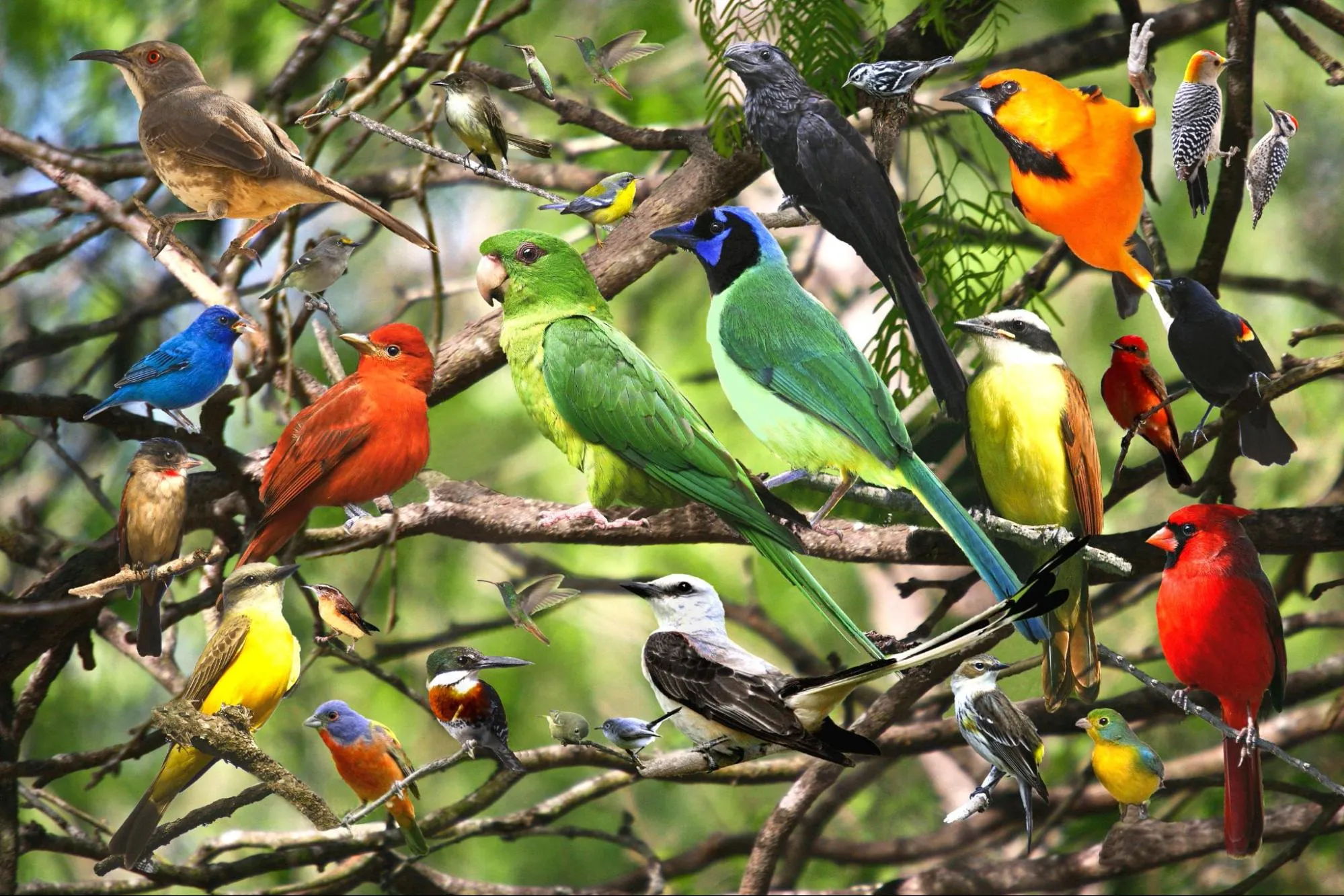
For bird enthusiasts, Lake Nakuru National Park is a paradise. With over 500 bird species, including both endemic and migratory species, the park is a hub of vibrant birdlife. The park’s soda lake draws large populations of lesser and greater flamingos, along with pelican species, offering a unique bird-watching experience.
While bird watching in Lake Nakuru is exceptional year-round, the rainy season, particularly from November to March, serves as a peak season. This period sees an influx of migratory birds and the increased availability of food, making it the ideal time for bird watchers.
Great Rift Valley
Lake Nakuru National Park is set within the Great Rift Valley, a continuous geographic trench that stretches across several countries. The valley’s unique features, including the soda lake and the Rift Valley escarpment that rises from the lake’s shore, offer stunning views and contribute to the park’s diverse ecosystem.
This geological setting plays a vital role in shaping the park’s ecosystem. The presence of the soda lake and scenic landscape supports a rich variety of flora and fauna, creating a haven for wildlife and a paradise for visitors.
Tips for Visiting Lake Nakuru National Park
Consider these handy tips to enhance the enjoyment and reward of your visit to Lake Nakuru National Park. From choosing between private and public safaris to picking the best time to visit for optimal wildlife viewing, these insights will ensure you get the most out of your safari experience.
Booking Privately Arranged Safaris
Privately arranged safaris offer a wealth of benefits, including:
- Personalized services and itineraries
- Dedicated tour guides
- More control over your safari experience
- A more intimate exploration of the park
Private safaris cater to individuals or related groups, providing a sense of closeness and enhancing the safari experience. Moreover, visitors booking private safaris enjoy the convenience of adjusting their itineraries and rescheduling instead of canceling, offering flexibility that’s often appreciated when exploring nature.
Best Time to Visit
Lake Nakuru National Park boasts a dry semi-humid climate, making it a favorable safari destination any time of the year. However, to optimize your wildlife viewing and bird-watching experiences, timing your visit can be crucial.
The dry season, specifically from June to March, is ideal for wildlife viewing as animals converge around the lake. During these dry months, the grass is shorter and driving trails drier, making it easier to spot wildlife. Conversely, the wet months of April and May can hinder wildlife viewing and travel within the park due to high grass and potentially impassable roads.
For bird watchers, the period from November to March serves as a peak season when migratory birds arrive, and birds display their full plumage during their breeding season.
Summary
As we bring our guide to a close, it’s clear that Lake Nakuru National Park is more than just a safari destination; it’s a testament to the beauty of nature and the symbiotic relationship between wildlife and their habitat. From understanding the park’s entry fees and payment methods to exploring its unique landscapes and wildlife, this guide has provided you with useful insights to plan your visit.
So why wait? Experience the thrill of a safari, the tranquility of bird watching, or the adventure of a night game drive. Whether you choose to camp under the stars or embark on a privately arranged safari, Lake Nakuru National Park promises an unforgettable experience. It’s time to embark on your adventure!
Frequently Asked Questions
How much is the entry fee for Lake Nakuru National Park?
The entry fee for Lake Nakuru National Park ranges from KES 800 to 1,000 for Kenyan adults and USD 60 to 80 for non-resident adults, varying based on nationality, age, and residency status.
Can I pay the park entry fee online?
Yes, you can prepay the entrance fees online through the eCitizen government platform. This allows for a convenient and efficient way to pay for the park entry fee.
Are there additional fees for activities inside the park?
Yes, activities such as camping, night game drives, and event security come with extra fees.
When is the best time for bird watching in Lake Nakuru National Park?
The best time for bird watching in Lake Nakuru National Park is from November to March when migratory birds arrive. Happy bird watching!
What is a privately arranged safari?
A privately arranged safari offers personalized services, dedicated tour guides, and a more intimate exploration of the park, creating a personalized and exclusive experience for the participants.



